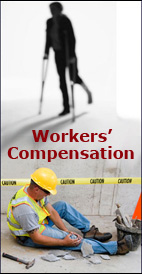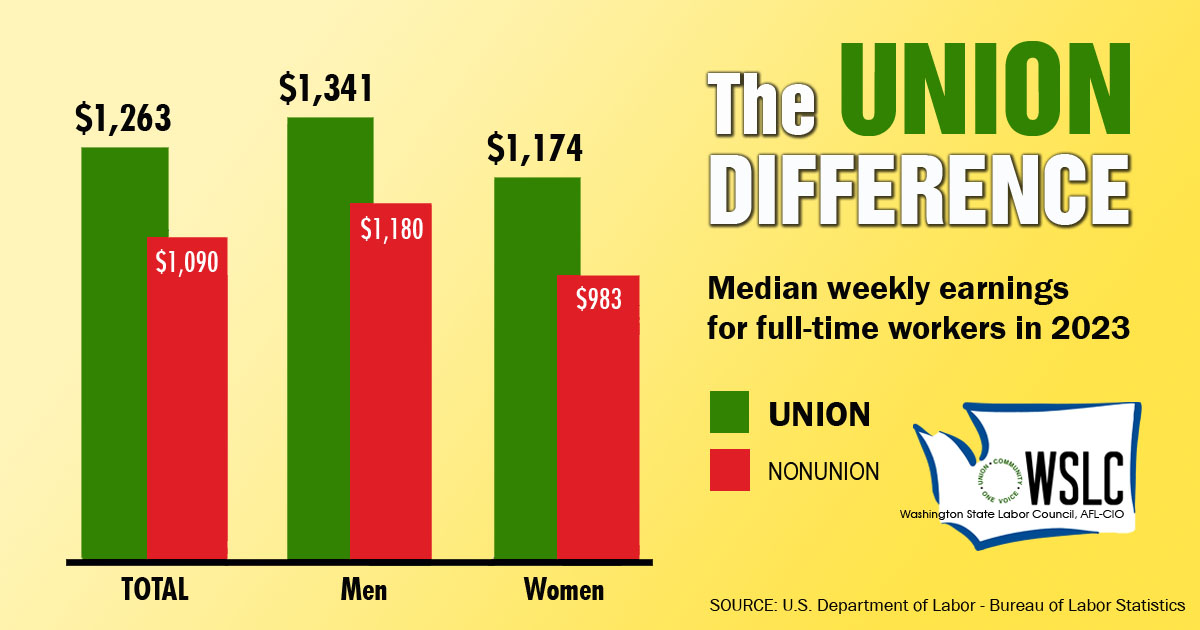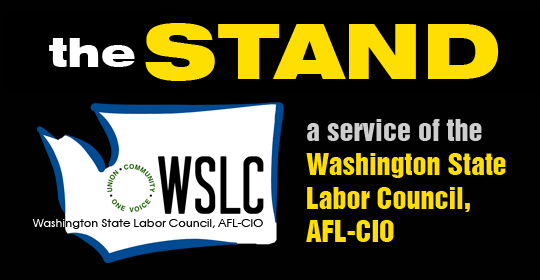STATE GOVERNMENT
L&I proposes 0.7% workers’ comp rate increase for 2017
 TUMWATER (Sept. 22, 2016) — The rate paid for workers’ compensation coverage in Washington would rise by an average of 0.7 percent next year under a proposal released Wednesday by the Washington State Department of Labor & Industries (L&I). Employers and workers around Washington pay into the workers’ comp system so they’re covered if someone suffers a work-related injury or illness.
TUMWATER (Sept. 22, 2016) — The rate paid for workers’ compensation coverage in Washington would rise by an average of 0.7 percent next year under a proposal released Wednesday by the Washington State Department of Labor & Industries (L&I). Employers and workers around Washington pay into the workers’ comp system so they’re covered if someone suffers a work-related injury or illness.
Washington’s workers’ compensation system is unique not only because it is state-run, but also because premiums are based on hours worked not on wages paid. That means workers’ compensation premiums don’t automatically increase as wages rise, as they do in all other states. Given the state’s wage inflation rate, L&I’s proposed 0.7 percent average rate increase would be a rate decrease of 2.2 percent in a payroll-based system.
L&I sets workers’ compensation rates every fall for the following year. To determine the proposed rate, the agency takes a close look at expected workers’ compensation payouts, the size of the reserve fund, wage inflation and other financial indicators. Workers’ compensation premiums help cover the cost of providing wage and disability benefits, as well as medical treatment of injuries and illnesses. They also provide a safety net to make sure the system is prepared for an economic downturn or other unexpected costs.
The proposed 2017 increase would cost employers an average of about $10 more a year per employee. Workers on average will not see an increase in what they pay. If the new proposal is adopted, the average annual workers’ compensation rate increase over the past six years will be just over 1 percent.
“We’re doing our best to make sure we have a workers’ compensation system in our state that’s healthy and available for workers and employers today and in the future,” said L&I Director Joel Sacks. “By helping injured workers heal and get back to work sooner, we’ve been able to keep rates steady and predictable.”
Helping injured workers and lowering workers’ compensation costs
L&I has several initiatives underway that are lowering workers’ compensation costs by focusing on better outcomes for injured workers. Reducing costs helps control rate increases. Some examples include:
- Promoting injury prevention.
- Ensuring injured workers receive quality health care.
- Providing vocational services to workers earlier in their claim.
- Supporting employers who want to keep injured workers on a job.
- Reducing delays and improving the customer’s experience.
Over the last three years, these and other improvements have resulted in a more than $700 million reduction in projected long-term costs for the workers’ compensation system.
Keeping the system healthy and rates steady
As wages and medical costs climb, the cost of providing workers’ compensation coverage rises. System improvements by L&I have allowed the agency to pass along just a portion of those increased costs to employers and workers. In other states, workers’ compensation cost increases as a result of wage inflation are automatically passed along to employers without any changes in their rates.
“Keeping rates steady and avoiding major swings makes it easier for employers to budget for their workers’ compensation costs. At the same time, these small rate increases help build the workers’ compensation fund so we’re ready in case there are bad times,” said Sacks.
Public hearings on the rate proposal
The agency will hold a series of public hearings where people can learn about and comment on the proposed rates. The hearings are scheduled for:
- Vancouver, WA, Oct. 26, 9 a.m., Marshal Community Center
- Tukwila, Oct. 27, 9 a.m., Dept. of Labor & Industries
- Everett, Nov. 1, 9 a.m., Everett Community College
- Spokane Valley, Nov. 2, 9 a.m., Spokane CenterPlace
- Richland, Nov. 3, 9 a.m., Richland Community Center
- Tumwater, Nov. 4, 9 a.m., Dept. of Labor & Industries Headquarters
People can also comment in writing to Jo Anne Attwood, administrative regulations analyst, P. O. Box 41448, Olympia, WA 98504-4148; or email joanne.attwood@Lni.wa.gov. All comments must be received by 5 p.m. Nov. 8, 2016.
More information regarding the proposal is available at www.Lni.wa.gov/Rates. Final rates will be adopted by early December and go into effect Jan. 1, 2017.





